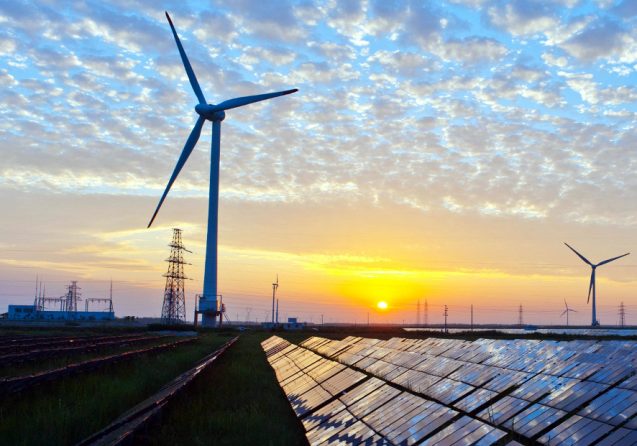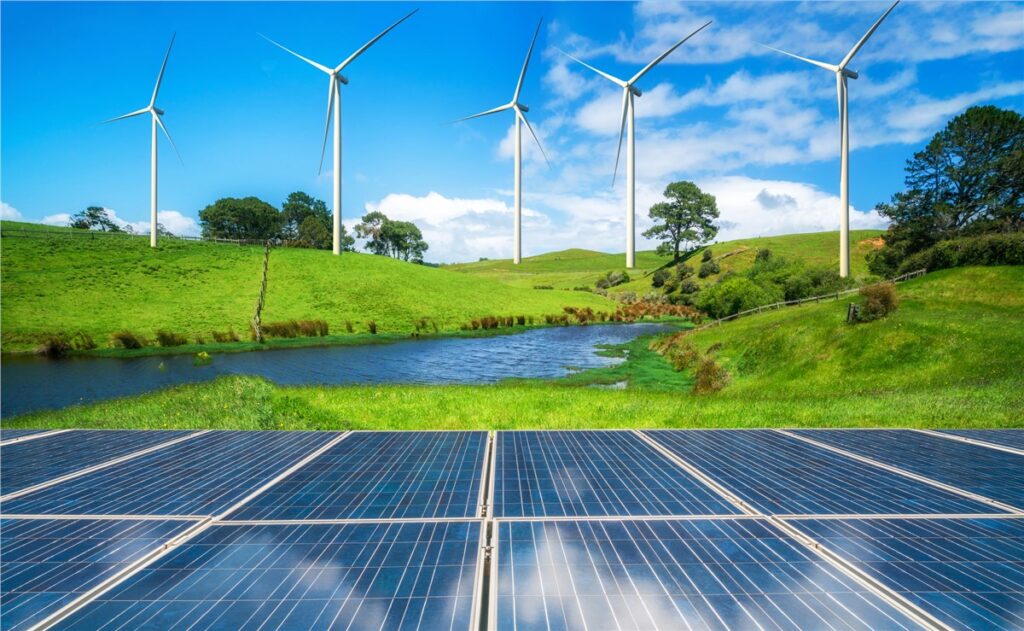
South America’s energy sustainability targets will rely on raw materials by 2024. The continent offers enough natural resources that can help to develop a more sustainable energy system. Focusing on sustainable practices promotes innovation in recycling and alternative materials. The raw materials are usable in a variety of renewable energy sources, such as hydropower, wind, and solar. Countries such as Chile, Argentina, and Brazil are using their mineral resources to build robust energy infrastructure. This also helps to promote regional security and the worldwide transition to renewable energy sources. Harnessing raw minerals can also help the region position itself as a global leader in renewable energy production. The usage of raw materials plays an important role in the shift to renewable energy.
Environmental aspects of raw materials utilized for energy sustainability.
It is critical to check the environmental consequences of raw materials utilized for energy sustainability. To lessen environmental problems, consider the materials’ extraction, processing, and consumption. These issues include promoting sustainable activities, improving recycling technologies, and enforcing strict regulatory frameworks. Waste management, mining impacts, biodiversity, chemical and material use, recycling, policy frameworks, and climate impact are all important factors to consider. This is to ensure that energy sustainability is not at the expense of environmental health.
Raw materials utilized for energy infrastructure in South America.
South America’s energy infrastructure relies on a diverse range of raw commodities. They encompass a wide range of natural resources that are necessary for the development, operation, and maintenance of both traditional and renewable energy sources. The materials are critical to the continent’s energy mix, which includes hydropower, oil and gas, solar, wind, and green hydrogen. The raw materials used in South America’s energy infrastructure in 2024 are as follows.

- Steel and aluminum are important in the construction of the physical infrastructure of energy systems. This includes the towers and frames of wind turbines, solar panel supports, and structural components of power plants. Brazil is a major producer of both steel and aluminum for domestic energy projects and exports.
- Hydropower materials, like steel and concrete, are important for constructing dams, turbines, and related infrastructure in hydropower plants. This is important for electrical wiring and equipment in hydropower facilities.
- Lithium is crucial for the production of lithium-ion batteries used for energy storage systems and electric vehicles. These batteries help stabilize renewable energy sources like solar and wind by storing excess energy. Countries like Chile, Argentina, and Bolivia have some of the world’s largest lithium reserves.
- Rare earth elements include elements like neodymium, praseodymium, and dysprosium. They serve as magnets for wind turbine generators and other high-tech energy applications.
- Fiberglass and carbon fiber materials work in the production of wind turbine blades. They provide the necessary strength and lightness.
- Copper is important for electrical wiring, transformers, and generators across all types of energy infrastructure. Countries like Chile and Peru are the leading producers of copper.
Advantages of Using Raw Materials
The usage of these materials in energy infrastructure provides various advantages critical to meeting South America’s energy needs. These materials are essential for creating a robust and sustainable energy future. They also allow the continent to maximize its natural resources. The following are the advantages of utilizing raw materials for energy sustainability.

- Global energy transition – use of materials like copper and nickel is crucial in green hydrogen production. This positions South America as a leader in the global energy transition. This contributed to the development of new, clean energy markets.
- Renewable energy growth – these materials are important for the construction and operation of renewable energy technologies. Their use enables the generation of clean energy, which reduces reliance on fossil fuels.
- Energy storage solutions – lithium, cobalt, nickel, and graphite are key components of lithium-ion batteries. Energy storage systems and electric vehicles use these batteries. This helps in managing the intermittency of renewable energy sources like solar and wind.
- Energy independence – materials like lithium, copper, and bioenergy materials reduce dependence on imported energy resources.